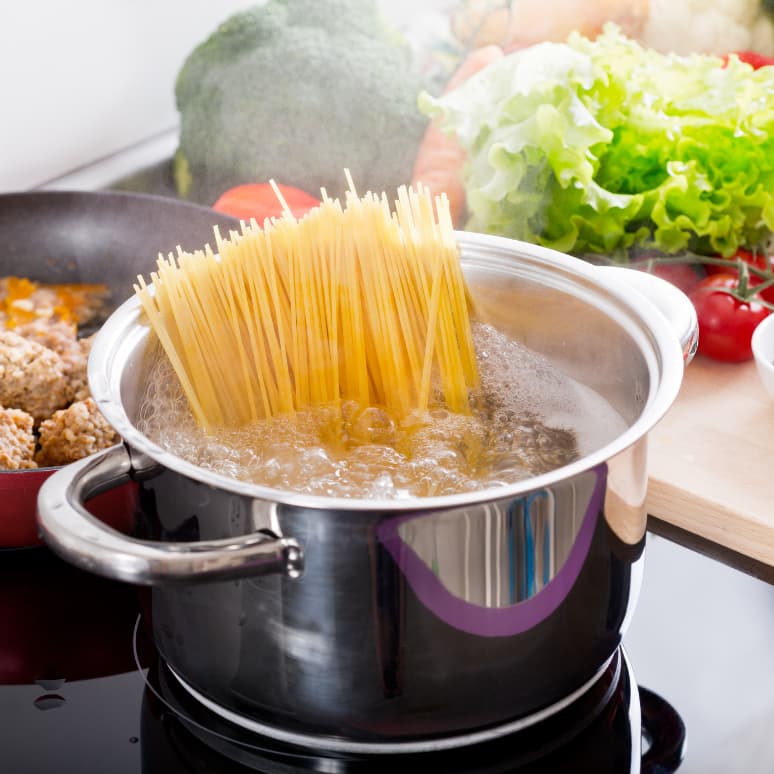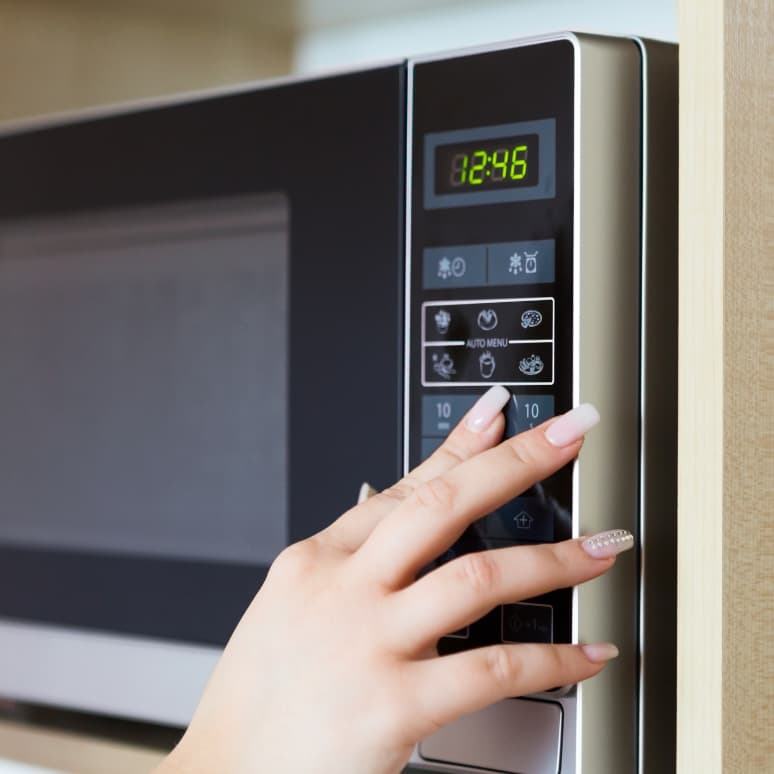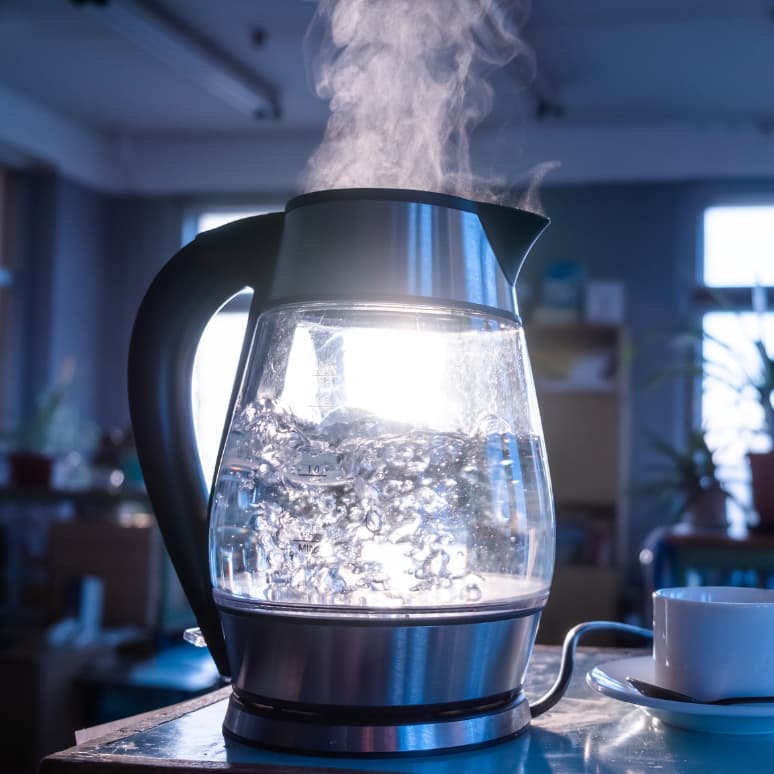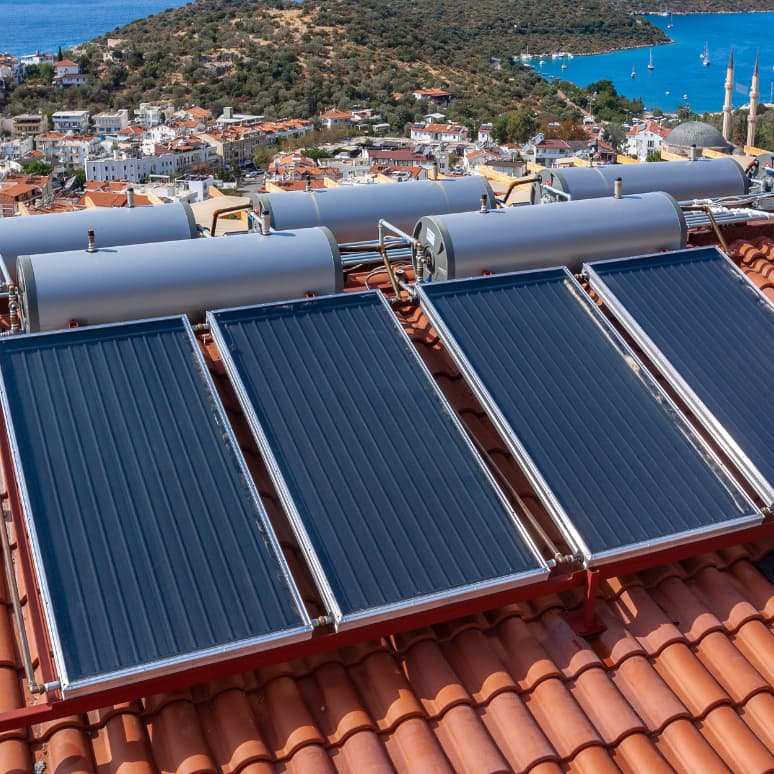Water is a fundamental element of life, essential for various purposes like drinking, cooking, and sanitation. Boiling water is a common practice to ensure its safety, but have you ever wondered how long it takes for water to boil?
Understanding Water
Water, with its chemical formula H2O, is a vital compound for sustaining life on Earth. Constituting over 70% of the planet’s surface, water plays crucial roles in biological processes, environmental systems, and human activities. Despite being colorless, tasteless, and odorless, water possesses unique physical and chemical properties critical for various natural phenomena and human needs.
Exploring the Boiling Process
Boiling is the transition of water from a liquid to a gaseous state through the rapid formation of vapor bubbles within the liquid. As heat is applied, water molecules gain energy, leading to increased movement and eventually vaporization. The boiling point, typically at 212°F (100°C) at sea level, marks the temperature at which water vapor pressure equals atmospheric pressure, causing bubbles to form and escape.
Effect of Altitude on Boiling Point
Altitude significantly affects the boiling point of water due to variations in atmospheric pressure. At higher elevations, where atmospheric pressure is lower, water boils at lower temperatures. For every 500 feet (150 meters) increase in altitude, the boiling point decreases by about 1°F (0.6°C). Consequently, boiling water at higher altitudes takes longer and requires adjustments in cooking times and temperatures.
Why Boil Water?
Boiling water is a crucial step in ensuring its safety for consumption by eliminating harmful microorganisms like bacteria, viruses, and parasites. Boiling for at least one minute (or three minutes at high altitudes) effectively kills most pathogens, reducing the risk of waterborne diseases such as cholera and typhoid fever. Additionally, boiling can remove certain contaminants and improve water quality, making it a simple yet effective method of water purification.
Different Methods of Boiling Water
There are several methods available for boiling water, each offering convenience and efficiency based on available resources:

Stove
- Instructions: Fill a pot with the desired amount of water. Place the pot on a stove burner set to high heat. Wait for the water to reach a rolling boil, characterized by large bubbles breaking on the surface. Once boiling, reduce the heat if necessary to maintain a gentle boil.

Microwave
- Instructions: Pour water into a microwave-safe container. Place the container in the microwave. Heat the water on high power in one-minute intervals, stirring between each interval. Monitor closely for boiling, as water may rapidly reach boiling point in the microwave.

Electric Kettle
- Instructions: Fill the electric kettle with water up to the maximum fill line. Place the kettle on its base and plug it into an electrical outlet. Turn on the kettle, and it will automatically shut off when the water reaches boiling point. Pour the boiled water from the kettle as needed.

Campfire
- Instructions: Fill a pot with water and place it over a campfire. Adjust the pot’s position to ensure even heating. Use a tripod or stable support to keep the pot steady. Boiling may take longer over a campfire, so exercise patience and monitor closely.

Solar Water Heater
- Instructions: Utilize a solar water heater designed to harness sunlight for heating water. Position the solar collector to capture maximum sunlight. Allow the solar energy to heat the water to boiling temperatures. Use the boiled water as needed for cooking, drinking, or other purposes.
Factors and Considerations
The time it takes for water to boil depends on various factors, including altitude, container size, heat source, and initial water temperature. At sea level, boiling typically occurs within 5-10 minutes on a stove over high heat, but this duration increases at higher altitudes due to lower boiling points. Using electric kettles or microwaves can expedite boiling times, offering quicker results for everyday tasks.
Energy Requirements for Boiling Water
Boiling water requires energy to raise its temperature to the boiling point and facilitate phase transition. Approximately 1 calorie of energy is needed to raise the temperature of 1 gram of water by 1 degree Celsius. For larger quantities of water, the energy demand increases proportionally, with factors like heating efficiency and altitude influencing overall energy consumption.
Conclusion
Boiling water is a fundamental practice for purifying and heating water for various purposes, from cooking and brewing to sanitation and hygiene. Understanding the boiling process, its duration, and the factors influencing it are essential for efficient and safe water management. By following proper boiling techniques and considering environmental factors like altitude, individuals can ensure timely and effective water boiling for their needs.


